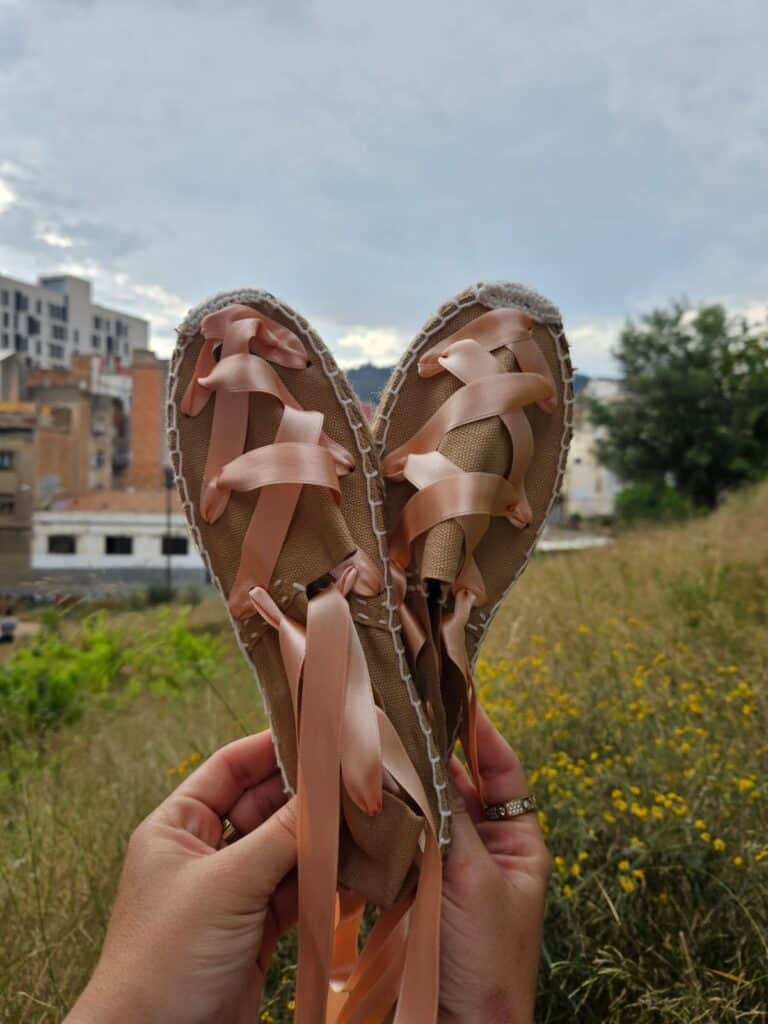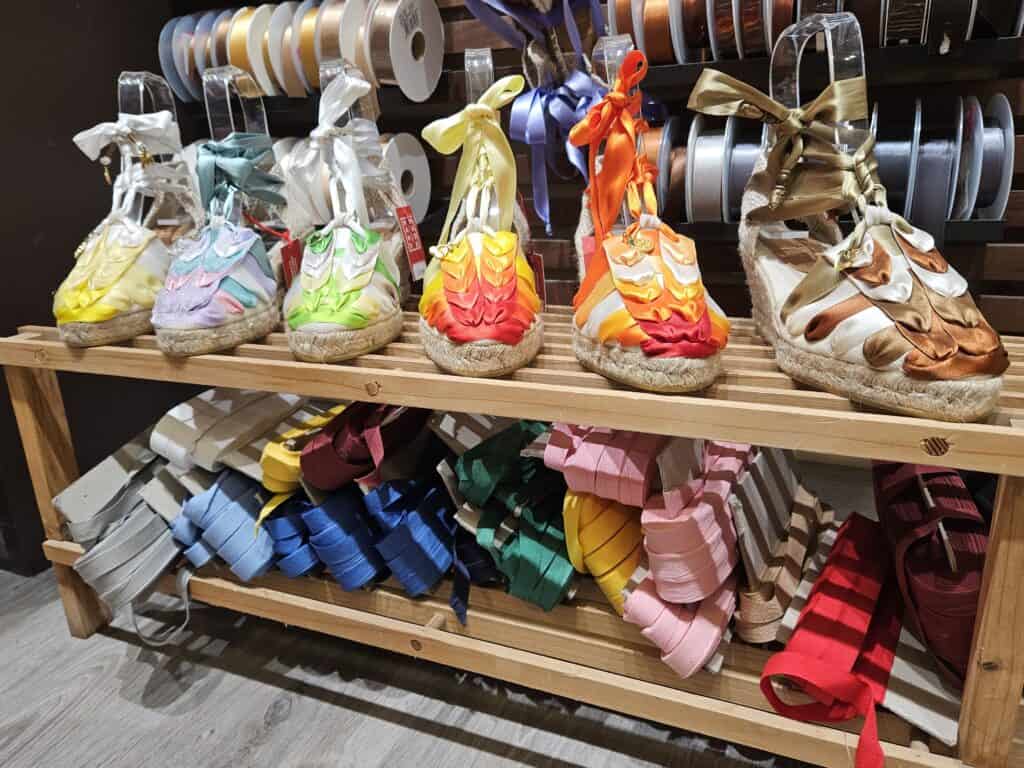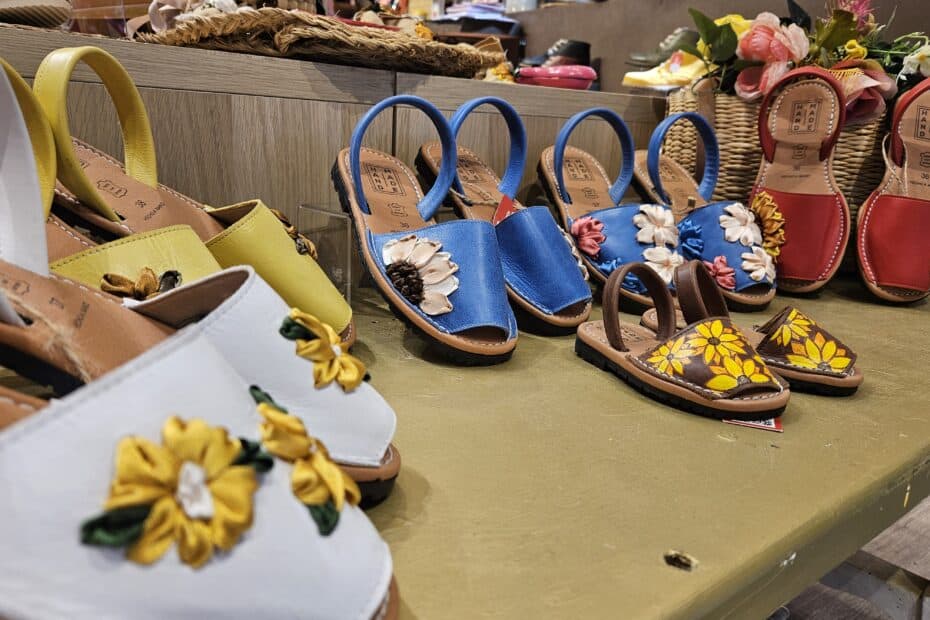The espadrille, a stylized cloth sandal, can sell for up to $500, but did you know it was created by people in a country that isn’t legally recognized?
To create the espadrille, the farmers of Catalonia wrapped esparto grass soaked in water around their hands to form the sole of the shoe. Next, they cut out various fabrics from bags to make cloth covers. Ribbons woven into the fabric would signify where the wearer was from, the most common cross-hatch design representing Catalonia. The finalized product was an affordable, artistic style of shoes.
The emergence of espadrilles dates back to the 14th century when techniques were passed down through generations of makers. The production of these remarkable shoes is directly related to the rich textile industry that has always been present throughout the city of Barcelona. This industry is also a primary cause of the growing popularity of the shoe, which has inspired it to become a token of Catalan fashion and culture.

Catalan artist Salvador Dali treasured espadrilles and wore them to art exhibits and while painting, even using them as an artistic tool. Coco Chanel saw a pair of espadrilles Dali wore and decided to produce some of her own, and thus, the espadrille became a worldwide showstopper. Now, brands like Chanel, Burberry, and Valentino sell espadrilles for a fortune, but the shoes will always be priceless to the Catalan people.


